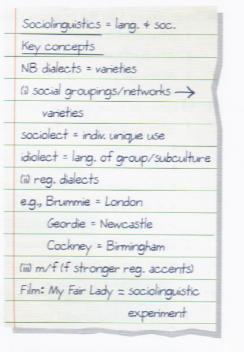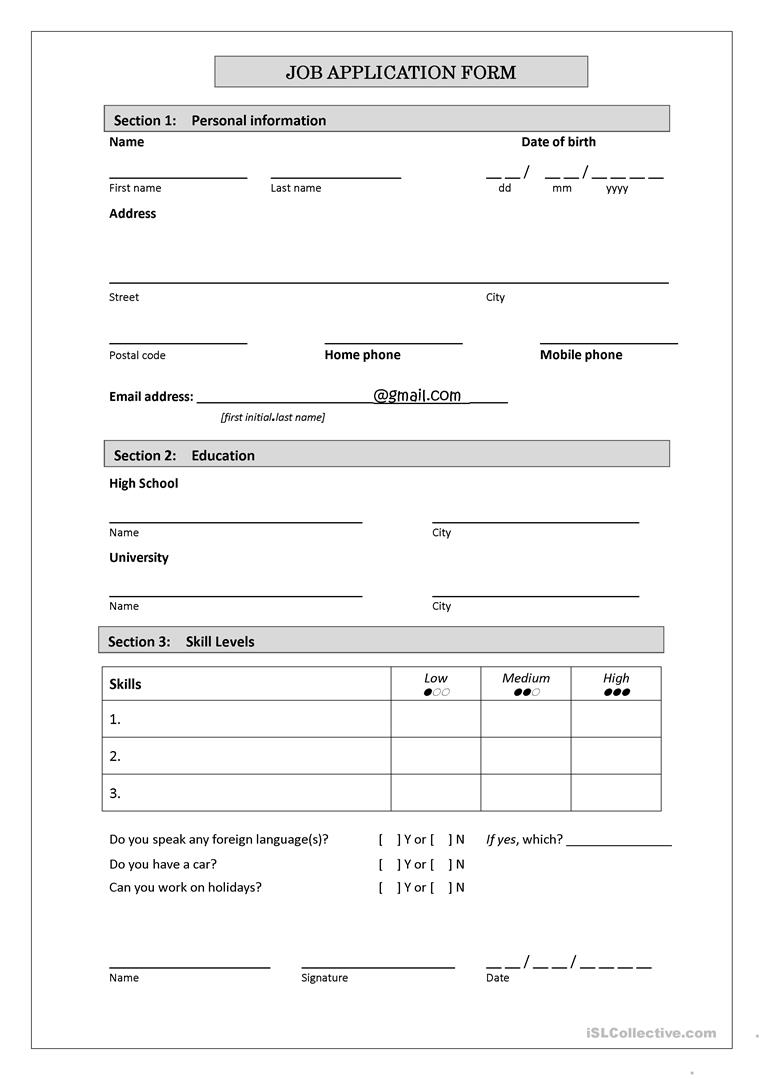
- •Exercises
- •Identify the following texts by all the possible criteria of text classification.
- •Comment on lexical, syntactic and morphological cohesion of the following spUs.
- •Read the text and identify semantic, communicative and syntactic cohesion between the units of the text.
- •Prove that the text below is coherent. Identify the topics of each spu and comment on their contribution to the topical integrity of the article.
Seminar10
Theoretical questions to be discussed:
Criteria for text classification.
Dialogical (everyday conversation)
Monological (connected with biological and chemistry texts)
Mixed (fiction)
According to the type of underline situation
Directive (to fulfill certain action)
Assertive (knowledge)
Commissive (obligations)
Declarative (regulate and change the world)
Expressive (welcome texts)
Formatted (include consonant text’s components)
Non-formatted (create new: fiction)
Original
Retold
Homogeneous sings
Heterogeneous sings
Uni-dimensional
Multi- dimensional
Supra-phrasal unity as a minimal unit of text analysis.
Supra-phrasal unity refers to the idea that a text can be analyzed at a level above the individual phrase or sentence. This concept posits that there are larger units of meaning that can be identified in a text, which may encompass multiple phrases or sentences. These larger units, known as supra-phrasal units, are important for understanding the overall structure, coherence, and meaning of a text.
By analyzing supra-phrasal units, researchers can gain insights into the organization and progression of ideas within a text, as well as the relationships between different parts of the text. This approach allows for a more holistic understanding of how various elements of the text work together to convey meaning and achieve rhetorical goals.
Overall, the concept of supra-phrasal unity emphasizes the importance of looking beyond individual phrases or sentences when analyzing a text, and instead considering how these smaller units combine to form larger, meaningful units of discourse.
Textual cohesive devices. (semantic and communicative cohesion (theme-rheme); lexical cohesion; syntactic cohesion; textual cohesion at the morphological level)
Textual cohesive devices are elements used in a text to create connections and coherence between its different parts. These devices can be categorized into different types, including semantic and communicative cohesion, lexical cohesion, syntactic cohesion, and textual cohesion at the morphological level.
Semantic and communicative cohesion (theme-rheme): This refers to the organization of information within a text, where the main theme (or topic) is introduced and then developed through the use of supporting details (rheme). By maintaining a clear theme-rheme structure, the text becomes more coherent and easier for the reader to follow.
Lexical cohesion: This type of cohesion refers to the use of lexical items, such as repeated words, synonyms, antonyms, and pronouns, to create connections between different parts of the text. By using consistent vocabulary and referencing previously mentioned concepts, the text becomes more cohesive and unified.
Syntactic cohesion: This type of cohesion involves the use of grammatical structures and relationships between different parts of the text to create coherence. This can include using parallel structure, conjunctions, and other syntactic devices to link ideas and information together in a logical way.
Textual cohesion at the morphological level: This type of cohesion involves the use of morphological elements, such as affixes, prefixes, and suffixes, to create connections between different parts of the text. By using consistent morphological patterns and structures, the text becomes more cohesive and organized.
4. Problem of dialogical texts.
One problem with dialogical texts is that they can be difficult to follow if the dialogue is not clearly attributed to different speakers. This can lead to confusion for the reader and make it hard to keep track of who is saying what. Additionally, if the dialogue is not well-written or engaging, it can make the text boring and uninteresting to read. Another issue with dialogical texts is that they can be time-consuming to write, as the author must carefully craft the dialogue so that it sounds natural and flows well. This can be a challenging task that requires a lot of skill and practice. Additionally, it can be difficult to strike the right balance between dialogue and exposition, as too much dialogue can make the text feel cluttered and hard to follow, while too little dialogue can make it feel dull and lacking in energy. Overall, while dialogical texts can be a powerful and effective storytelling tool, they come with their own set of challenges that must be carefully navigated by the author.
Exercises
Identify the following texts by all the possible criteria of text classification.




Text 1. Monological, formatted, heterogeneous, multi-dimensional
Text 2. Monological, argumentative, assertive, formatted, heterogeneous, uni-dimensional
Text 3. Monological, narrative, formatted, heterogeneous, uni-dimensional
Text 4. Commissive, formatted, heterogeneous, multi-dimensional
Comment on lexical, syntactic and morphological cohesion of the following spUs.
One dollar and eighty-seven cents. That was all. And sixty cents of it was in pennies. Pennies saved one and two at a time by bulldozing the grocer and the vegetable man and the butcher until one's cheeks burned with the silent imputation of parsimony that such close dealing implied. Three times Della counted it. One dollar and eighty- seven cents. And the next day would be Christmas. There was clearly nothing to do but flop down on the shabby little couch and howl. So Della did it. Which instigates the moral reflection that life is made up of sobs, sniffles, and smiles, with sniffles predominating.
Mr. Ramsay was the head clerk; and as far as I am concerned I am for him. He never pinched the girls' arms when he passed them in dark corners of the store; and when he told them stories when business was dull and the girls giggled and said: "Oh, pshaw!" it wasn't G. Bernard they meant at all. Besides being a gentleman, Mr. Ramsay was queer and original in other ways. He was a health crank, and believed that people should never eat anything that was good for them. He was violently opposed to anybody being comfortable, and coming in out of snow storms, or wearing overshoes, or taking medicine, or coddling themselves in any way. Every one of the ten girls in the store had little pork-chop-and-fried-onion dreams every night of becoming Mrs. Ramsay. For, next year old Bachman was going to take him in for a partner. And each one of them knew that if she should catch him she would knock those cranky health notions of his sky high before the wedding cake indigestion was over.
Mr. Ramsay was master of ceremonies at the dinners. Always they had two Italians in to play a violin and harp and had a little dance in the store.
The first extract exhibits lexical cohesion through the repetition of the phrase "one dollar and eighty-seven cents" and the use of pronouns such as "it" and "one's" to refer back to this amount. Syntactic cohesion is achieved through the use of parallel structures such as "sobs, sniffles, and smiles" and the repetition of the phrase "And the next day would be Christmas." Morphological cohesion is evident in the use of the suffix "-ing" in the words "bulldozing," "sobs," and "sniffles."
In the second extract, lexical cohesion is maintained through the repetition of Mr. Ramsay's name and the pronouns "he" and "his." Syntactic cohesion is achieved through the use of conjunctions such as "and" and the parallel structures in phrases like "health crank" and "giggled and said." Morphological cohesion is seen in the use of suffixes like "-ing" in words such as "coming," "wearing," and "taking."
